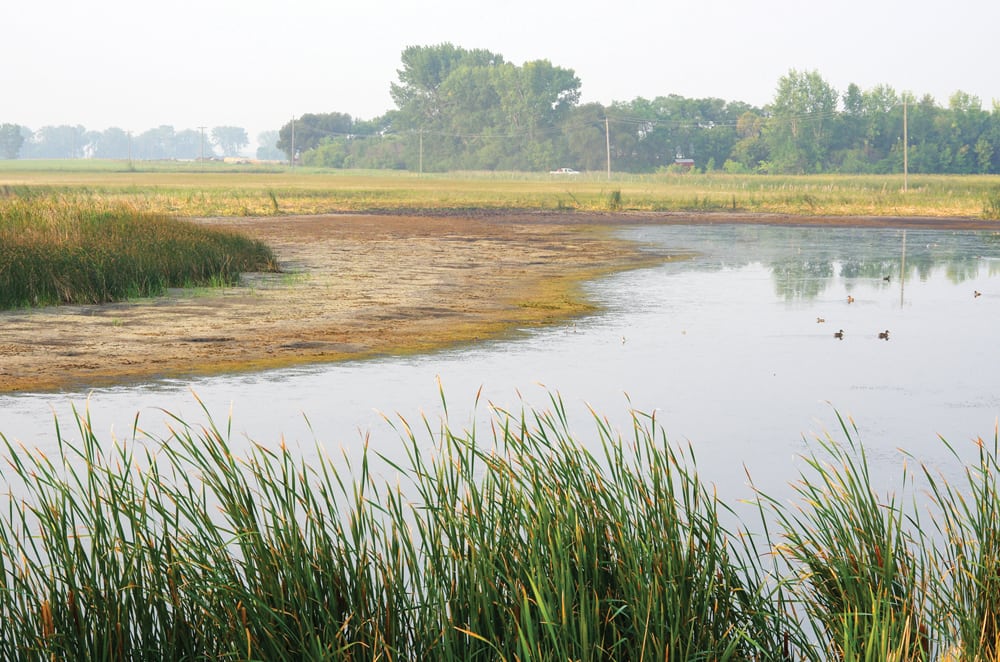A new national research project is aiming to better define the jobs in modern agriculture so that government can begin to address chronic labour shortages the sector faces.
“The basis behind this is the government doesn’t have a clue,” said Jade Reeve, project manager from the Canadian Agricultural Human Resource Council (CAHRC). “We’re trying to make sure they’re aware of the language being used in modern agriculture.”
The project, funded by the Government of Canada’s Sectoral Initiatives program, will travel across Canada, between October and March, meeting with farmers from 10 different commodity groups to discuss and determine detailed occupational information for employees from entry-level workers to managers.
Read Also

First Manitoba hay harvest short
Manitoba’s first hay cut of 2025 isn’t huge by initial counts, but things are worse farther west in the Prairies
The research will be conducted via 50 focus groups held across Canada between now and March 2016.
Reeve hopes that updating standardized descriptions of farm jobs will motivate government to reform archaic National Occupational Classification (NOC) codes so they are more relevant for today’s farmer.
“This is the chance for producers to have a voice and really make sure we have it right.” She also hopes this work will help address the labour shortage issue.
CAHRC has undertaken some research to determine just how serious labour shortages are. They have taken the lead on a labour action plan, where they speak to various commodity groups, collecting information about a number of employees.
That research indicates a five per cent labour deficit is costing the swine industry $18 million annually. The beef industry faces similar issues, which is contributing to a wide price spread between Canada and the U.S.
CAHRC research found the abnormal price gap could be reduced by at least 50 per cent — an improvement of approximately $260 million if there was more labour available.
Call for participants
Manitoba beef producers are being invited to attend a CAHRC focus group in Winnipeg in December, although the specific date has not yet been set. One is being planned in January for swine producers. Focus groups are also being planned for Alberta and Saskatchewan.
Aquaculture producers in British Columbia, Newfoundland and New Brunswick have already been consulted.
Once the first round of research is completed in March 2015 the project will develop tools based on the first five commodities. Research resumes in October 2015, as harvest winds down, with plans to complete the project in March 2016.
“We just don’t know what people need. Until we know what people need, we can’t help assist with trying to fill those shortages. That’s a real component to understand what’s going on and to inform policy workers so they can get a real inside view of what’s happening on Canada’s farms.”
Producers who are interested in participating can email Jade Reeve, project manager. Travel and related expenses to attend the focus groups will be reimbursed.




















